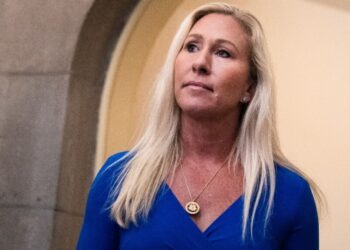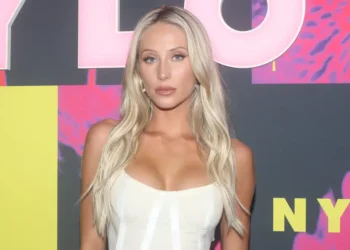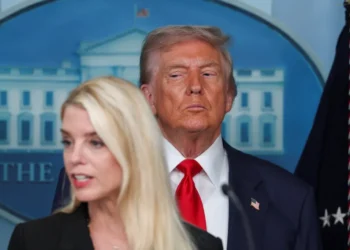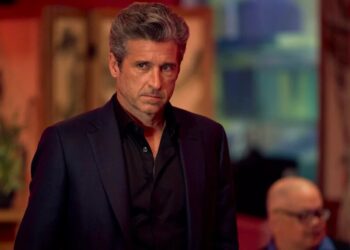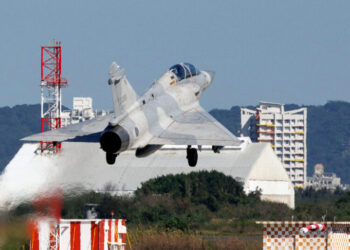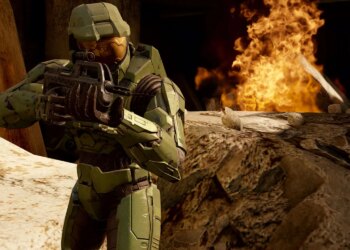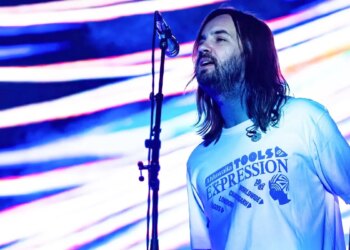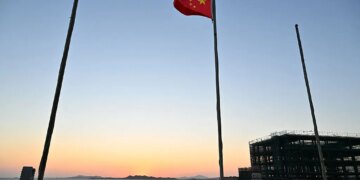Marjorie Taylor Greene Says Trump Worried His Friends Would ‘Get Hurt’ Over Epstein Claims
Rep. Marjorie Taylor Greene (R-GA) said her impassioned defense of the victims of the late sex offender Jeffrey Epstein — and...
Heavy-drinking college students damage friends’ mental, emotional health, study finds
Heavy-drinking students damage their pals’ physical and mental health as well as their own, according to new research. The harms...
Beyoncé reaches billionaire status after record-breaking ‘Cowboy Carter’ tour, hair care and whiskey launches
What’s better than one billionaire? Two. Beyoncé has reached billionaire status, joining her husband, Jay-Z, and several other musicians, including...
A Shiny Pokemon Has Been Removed From Pokemon Go Without Warning–And Players Are Angry
Pokemon GO players have taken to the internet to share confusion and frustration following the apparent sudden disappearance of one...
Miami has the most top Instagram influencers per capita in the US, beating out LA and NYC
Alix Earle, who rose to social media fame at the University of Miami, at a Miami event. Udo Salters Photography/Getty...
Epstein file dump stuns reporter who finds DOJ tracked her 2019 flight
A stunning twist emerged from the latest release of FBI files tied to Jeffrey Epstein after Miami Herald investigative reporter...
Former Russian banking billionaire says an Instagram post cost him $9 billion: His company was sold for 3% of its value in ‘hostage’ situation
Former Russian banking tycoon Oleg Tinkov says a single Instagram post condemning the war in Ukraine cost him nearly $9...
MAGA Begs Trump to Make Bungling Bondi His First Scalp
President Donald Trump is facing growing pressure from his base to fire Attorney General Pam Bondi or face a growing...
Patrick Dempsey Juggles Hitman Double Life With Alzheimer’s Diagnosis in ‘Memory of a Killer’ Trailer
Fox dropped a new trailer for Patrick Dempsey’s “Memory of a Killer,” in which he stars as a hitman struggling...
Trump ‘looks weak’ because Republicans are ‘starting to peel a apart from him’: NYT editor
Building upon a column from The Atlantic‘s Jonathan Lemire, who suggested the president is “suddenly looking a lot smaller” as...
